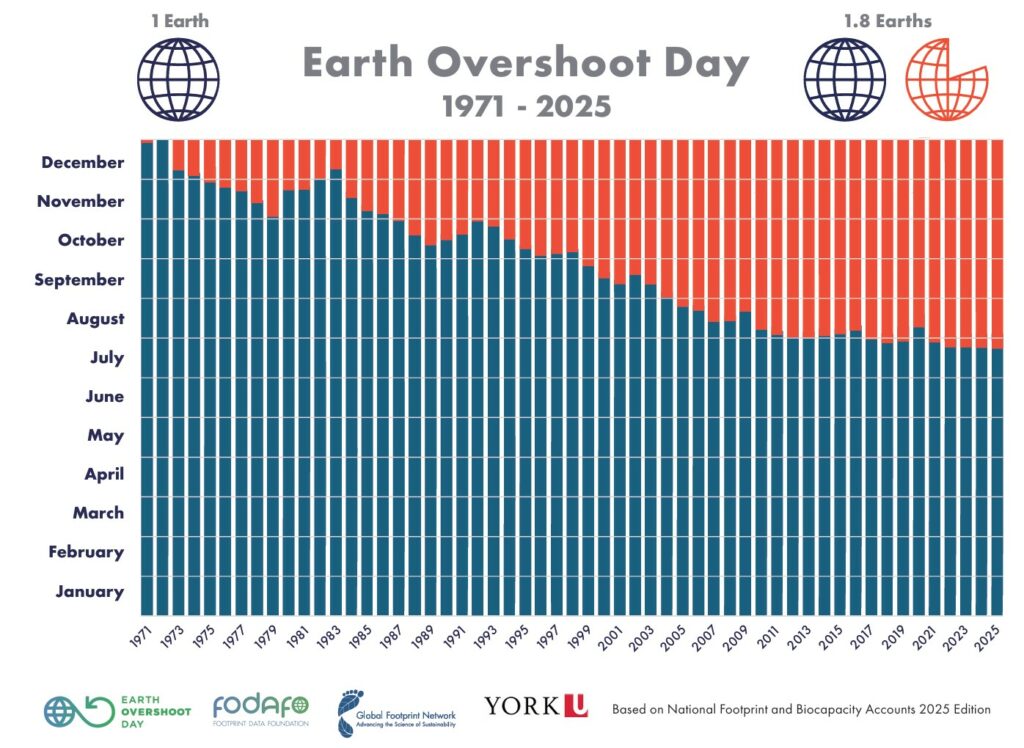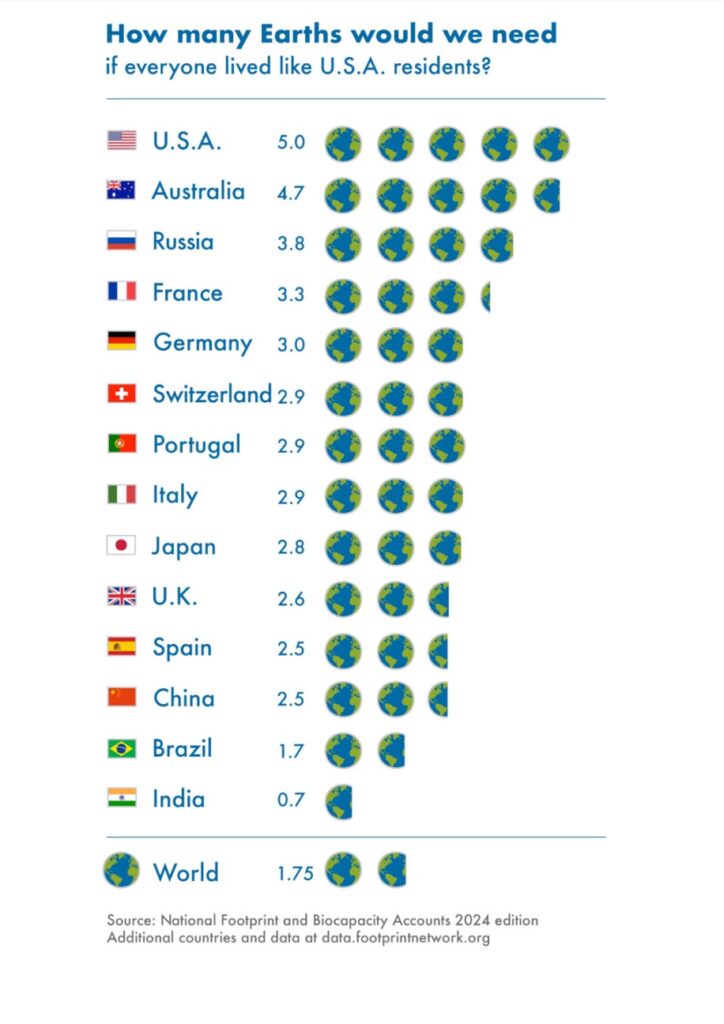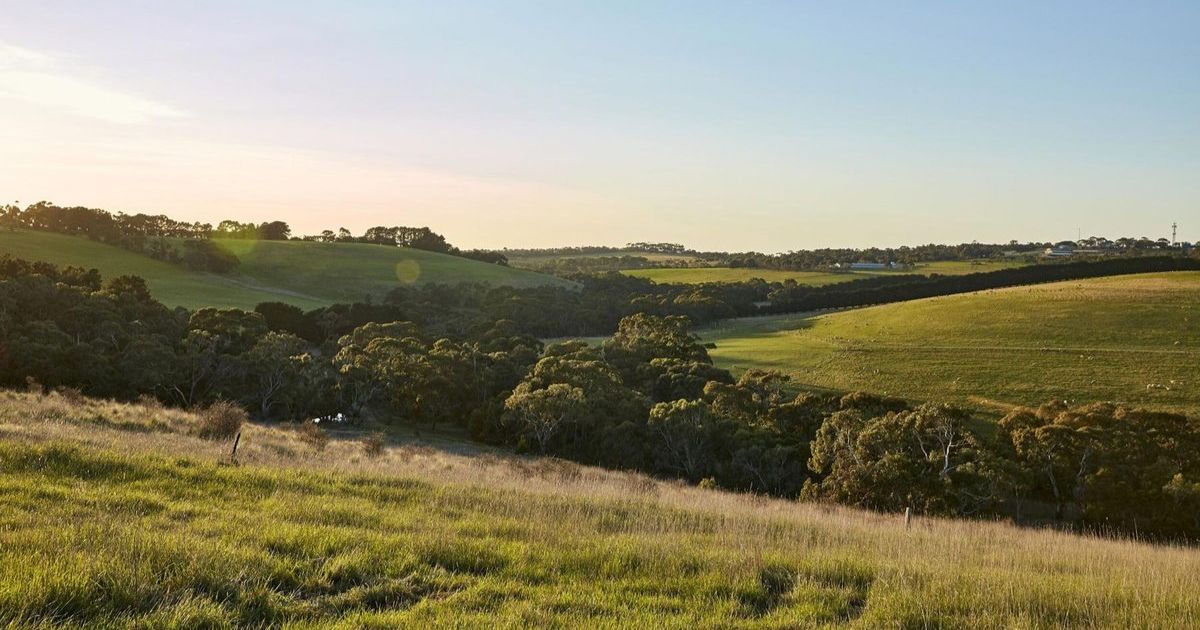Earth Overshoot Day arrives a week earlier
HUMANITY will surpass its annual ecological budget on a week earlier than last year as it continues to consume nature faster than the planet can regenerate.
This year, Earth Overshoot Day, an initiative of international sustainability organisation Global Footprint Network (GFN), falls on Thursday, July 24, marking the point when demand for the planet’s natural resources exceeds what Earth can produce in a year.
The present rate of global consumption is outpacing nature’s regeneration by 80 per cent – the equivalent of using 1.8 Earths each year.
Australia’s footprint is even heavier, with the nation’s use tracking at a rate equivalent to 4.5 Earths annually.
Surf Coast Environment Group’s Graeme Stockton said it was impossible to “cheat the carbon budget” and the data showed a new response was necessary to reverse humanity’s “unsustainable” resource consumption.
“Whether we like it or not, we’re at this huge point in time where change is inevitable and we can, of our own volition, make choices to dramatically reduce our energy demands, or we can continue to wait until the planet does it for us.”

With 50 per cent of the Earth’s biocapacity exhausted annually in the process of feeding humanity, GFN suggests steps such as preventing food waste, adopting a preference for plant-based foods and adopting regenerative practices could shift Earth Overshoot Day by more than a month.
At home, Stockton said there were benefits to focusing on relocalisation – emphasising local production and consumption rather than relying on global supply chains – and exploring other ways to reduce your individual energy demands.
“That’s why we place a lot of emphasis on Spring Creek valley, because land management is critical to addressing a lot of those issues,” he said, noting SCEG was still working towards its ambitious, long-term goal of a community purchase of land within the valley.
The land purchase, he said, would facilitate a strong community response to the issue, enabling the growing of food, introduction of animal husbandry, and a focus on restoring local biodiversity.
“Rather than being little cottage industries or things we see as optional extras, they actually become foundational to how a community really authentically responds to the crisis.

“At the same time, you can dedicate most of the land towards all those other non-human species that live in the valley, because you don’t need all that much space to grow food intensively [and] you can work towards collective restoration of a really important ecological asset.
“If you do that, you can start thinking about how the local economy responds more to visitation, and to a regenerative economic model that doesn’t actually destroy the asset, and then finally, there’s the option of, on the land that the community purchases, setting up models of how energy use might all be created on site, rather than coming from far afield.”
To help fast forward the project, SCEG is seeking support from locals with expertise in areas such as finance, marketing, communications, as well as those happy to lend a hand to the organisation’s ongoing revegetation efforts throughout the valley.
“We’re all in this game together,” Stockton said.
For more information, head to sceg.org.au


















